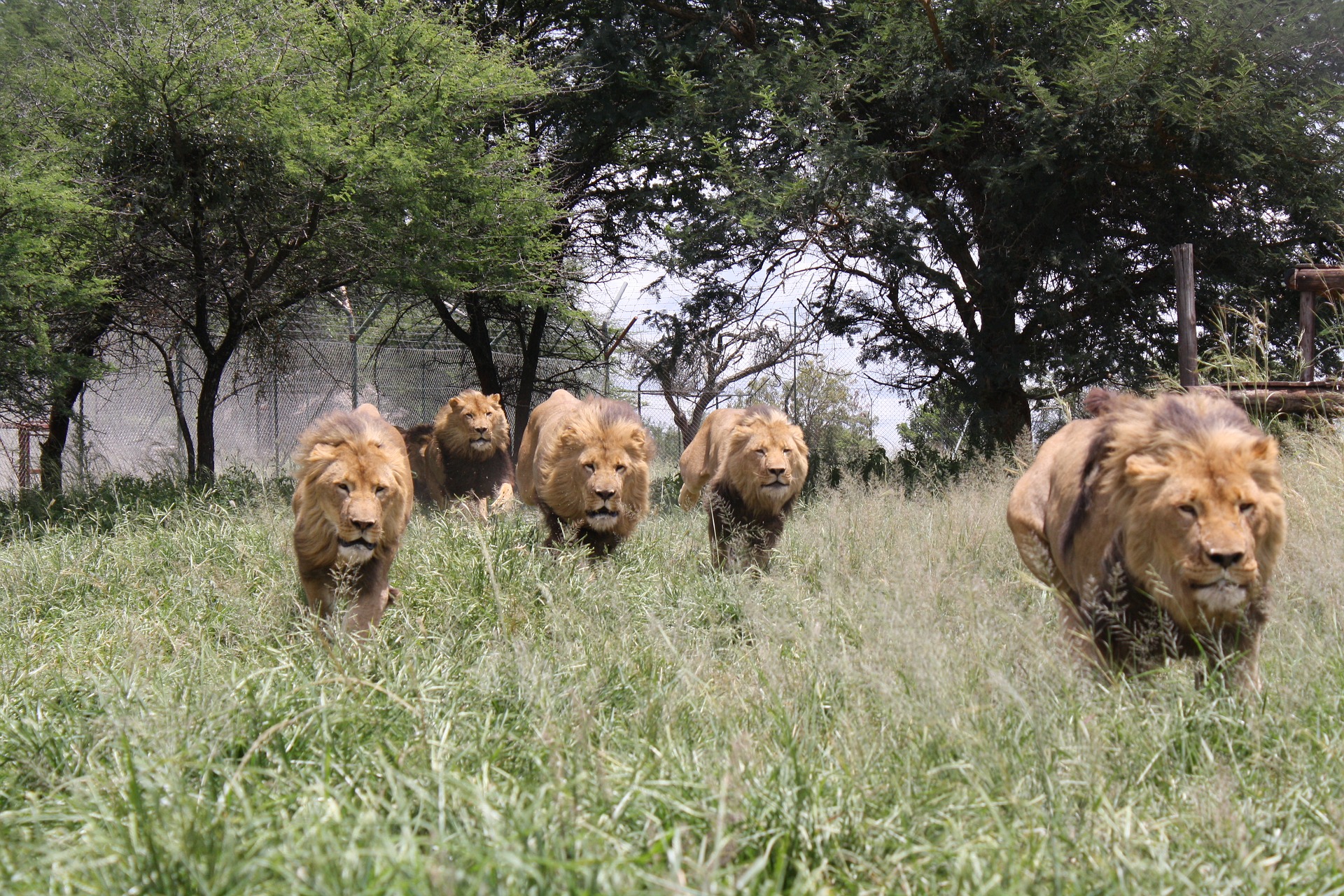Practice your forms. Whether they are called kata, sayaw, set, or dance, you must use them in your training. The old masters developed forms as a mnemonic aid for remembering their martial arts techniques. Practicing forms has a variety of benefits. They serve as a record of the art’s techniques in application and motion. They allow the student to improve their cardiovascular system by producing a mild aerobic workout. Forms, done correctly, also teach proper breathing patterns.
Many Forms are very long, requiring accurate breath control to maintain maximum flow and power. By combining handwork, footwork, and directional changes in recurring patterns, the student develops the ability to use any of the techniques they have learned interchangeably. These routines develop proper stances during changes in balance that affect the fighting ability of the practitioner. Finally, forms serve as a standard to which an instructor can gauge student performance and evaluate student abilities.
Elements of Forms
Any system of martial arts contains numerous techniques. So many techniques that it would be nearly impossible to remember while you attempt to encode the movements into muscle memory. A form, made up of a set pattern of movements, allows the brain’s natural grouping ability (called ghestalting) to capture and retain the information. Therefore, forms act as a mnemonic aid.
Similarly, forms are records of techniques in application and motion. Each portion of a Form represents a defensive maneuver against an imaginary opponent. These defensive maneuvers are called bunkai. Each movement has multiple interpretations in more advanced Forms. The diversity of these applications demonstrates the adaptability and finesse of the Form.
You can assemble techniques in any fashion or pattern. However, Forms establish a basis for combining techniques into one continuous movement. Most people understand that Forms represent combat with imaginary opponents. What few realize is the combat scenario has been preset to use several martial concepts. Key concepts repeat throughout the Form.
Benefits of Kata
Forms improve one’s cardiovascular system. Performing one Form will not elevate your heart rate to that required of a full-fledged cardiovascular workout. Instead, executing forms several times with full power and intention can achieve significant results. Unlike aerobics or running, where the pace is an even rhythm, forms have pace changes. The rhythm is dynamic. This full-force execution represents combat more accurately and allows the heart to condition itself for an irregular pace.
Most pre-black belt forms in Kempo are not very long. This fact should not diminish the importance of proper breath control. In the longer, advanced forms, breath control is crucial. Martial techniques are not limited to the coordination of muscles, bones, and tendons. They also coordinate with breath, balance, and intent. Breathing at inappropriate times can determine the effectiveness of specific techniques. All forms have established breathing patterns that coincide with physical movements.
Spontaneity in techniques is directly related to the proficiency you have with the forms. When the Form is second nature, you can perform any of the bunkai instantly. The natural flow you gain from knowing techniques at this level allows you to combine different sections of various forms effortlessly smoothly.
Martial art techniques are useless without proper stances. In the early forms, there are only five stances to remember: twist, horse, cat, half-moon, and crane. At every point during the Form, you must be in one of the five stances. Imagine being able to take a photograph at any point during the Form. This photograph should depict the student in a proper posture, fully balanced and focused. No other position is acceptable.
With the number of students a teacher has to keep track of, forms serve as a standard to measure student progress. Each rank has a required form. This Form reflects the level of understanding a student has. If the student does not comprehend the bunkai or can not perform the necessary movements, then they must continue practicing the Form. This yard-stick provides the teacher with a standard to gauge student performance and evaluate student abilities.
An Alternate Practice Method
When you perform the kata or pinan, visualize that you are in a fight for your life. Opponents are attacking you from several angles. You react. In the first Kempo form, Pinan 1, you half-moon (or C-step) and block with block #7 or #8. Then half-moon (or C-step) forward and punch with the Front Two Knuckle Punch. What is happening here?
The best method for seeing the effectiveness of forms is to use them on an opponent. Find a partner. Face each other in half moon stances. The uke (attacker) will half-moon forward with a Front ball Kick to the solar plexus. The tori (defender), from a half-moon stance, will block with a #8 block, half-moon forward, and then Front Two Knuckle Punch to the solar plexus. Does this sound familiar? It should be; it’s the necessary move from Pinan 1. Practice all your forms in this manner. And here’s how.
A good routine would involve a small, five-move section of a form repeated ten times a day. The next day, tackle the next section of five moves. Repeat this pattern until you complete the Form. Once you finish the Form, move on to your following Form. You can develop all of your forms in this manner. Remember, never neglect the beginning forms. They contain advanced concepts and proper martial arts techniques. The hidden mystery of advanced techniques is they are refined foundational techniques.
Another method for developing your forms involves power and focus. The old masters have specific strikes at each step in the Form. With partners, get focus mitts or a heavy bag. Situate your partners at each angle or position in the Form. Now run through that small section of the Form hitting the bag or focus mitt with power, accuracy, and focus. Run through small sections of any form in this manner. Be sure to help other students with this type of workout too. This forms-development workout will improve your Forms and your sparring, and your overall martial arts ability.
Forms are essential to the development of an excellent martial artist. Try these new (actually ancient) twists in your kata practice. You will find that Kempo punch techniques (Kempo Waza) make up forms. Each step in a Form is a Kempo technique, so practice them as such. The methods given above will help you develop and analyze these techniques.




One thought on “Forms in Practice”
Comments are closed.